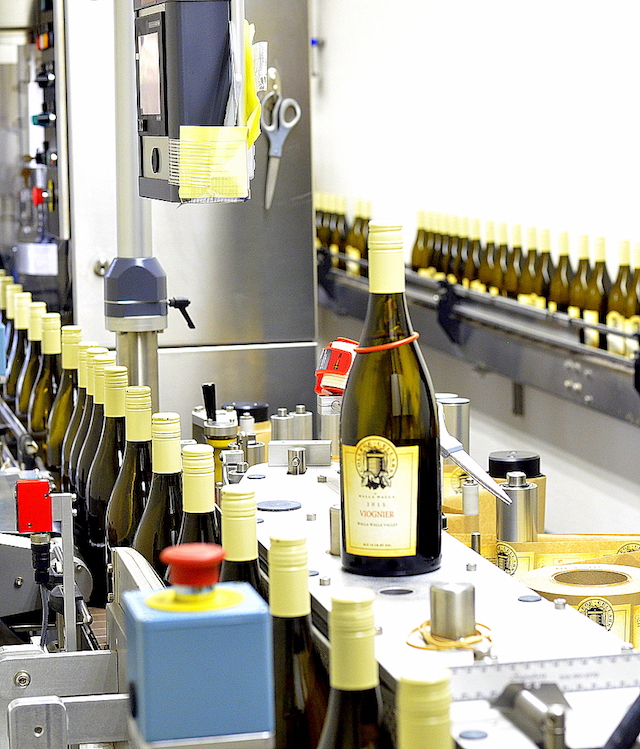
WALLA WALLA, Wash. — Bottling wine doesn’t get a lot of attention. After all, the art is in tending the grapes, and later tending the barrels, right?
Bottling the end product is usually viewed by the consumer as just a mundane step between art and commerce. But, as Sabrina Lueck, enology instructor for College Cellars at Walla Walla Community College puts it, “Bottling is your last chance to screw things up.”
So many things can go wrong as you’re getting the wine into glass. Even later, after the bottle is sealed and stored, disaster can still strike. Careful planning and good bottling practices make all the difference, something all winemakers learn, sometimes the hard way.
On the first warm day of the year at College Cellars, the WWCC enology and viticulture Class of 2017 gets ready to bottle approximately 1,000 cases of wine. These are the white wines that the students made last August and September, and they’ve been keeping an anxious eye on them ever since. Some students love their wines, some are a bit disappointed, but none of that matters now. The wines are finished and going into bottle today.
Signature moment for Class of 2017
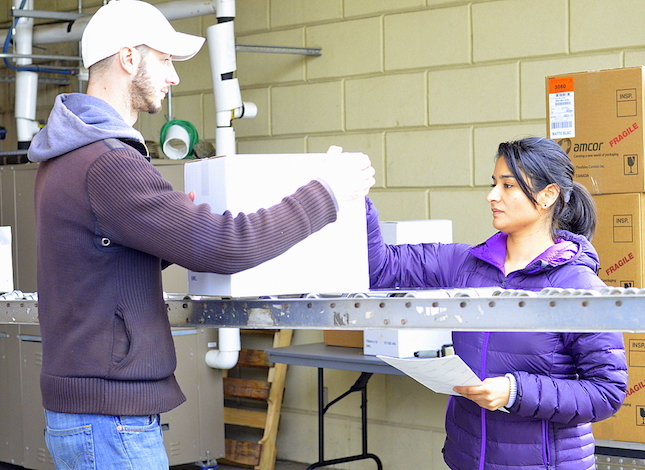
Last night, a huge truck from Signature Mobile Bottlers pulled into the school’s driveway. The truck is a one-stop bottling line and performs each step of the process, customized to each client. Every client winery provides the Signature crew with a minimum of eight workers, who put on the capsules or screw tops, watch over the moving line of bottles for problems that may arise, pack up the filled boxes and dispose of empty glass. Tomorrow, the WWCC students will be those extra workers.
Tim Donahue, director of winemaking, is buzzing around in a barely controlled frenzy.
“My blood pressure is usually 10-20 points higher on the night before bottling than it is after bottling,” he said in all seriousness.
At sunrise, everything seems to be ready. The wines have been tested for proteins, tartrates and phenolics. Some have been blended. Any needed adjustments to the SO2 and acid levels have been made. Wines have been fined, cold stabilized for clarity and filtered. Every effort has been made to minimize or compensate for dissolved oxygen and carbon dioxide. The bottles, labels and screw tops are in place.
Donahue has given his marching orders to the students.
“The more efficient we are, the sooner we eat tacos,” he said.
Keeping an eye on TTB regulations
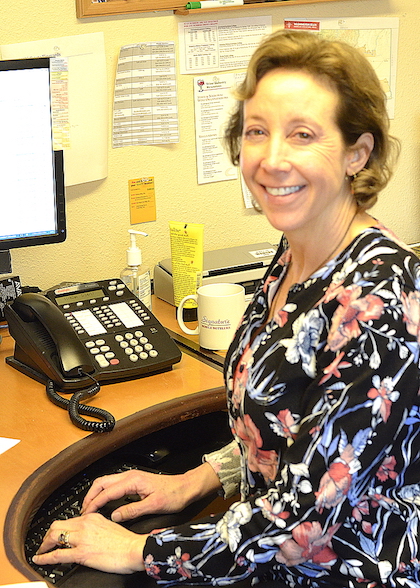
Program coordinator Danielle Swan-Froese did the behind-the scenes work that keeps the whole operation running smoothly.
“The Alcohol and Tobacco Tax and Trade Bureau requires us to keep records throughout the winemaking process so that our label is a true reflection of what’s in the bottle,” she explains. “So we use bottling forms to record the result of the lab tests the students are doing, just to be sure that we’re staying in compliance with the regulations.
“My role is to help keep the staff organized. I make sure prior to bottling that we have all of the required permissions in place. This year we’re bottling a new blend, the RVM (Roussanne, Viognier, Marsanne) so I had to get approval for a new label for that. I make sure that we have enough labels onsite when we’re ready to go to bottle, that the bottling forms are ready, and that we have everything we need for the day to run smoothly.
“And then,” she adds with a grin, “from the hospitality standpoint, I order the taco lunch for the students, which is an important piece, to keep them fed through the long day of bottling.”
Screwcaps add twist of adventure
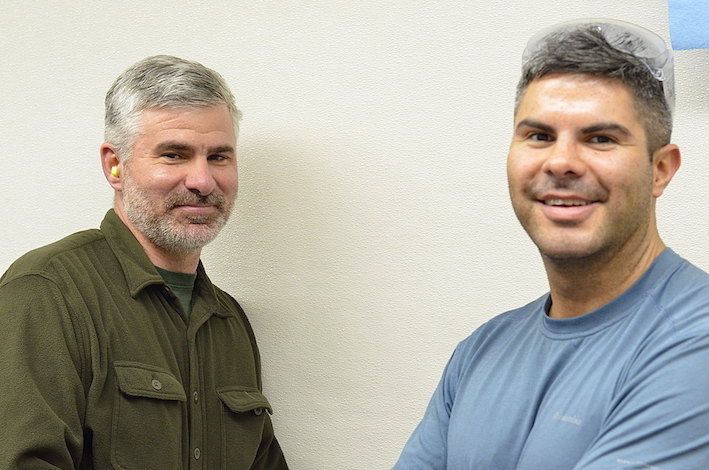
About 15 students show up first thing in the morning, ready to work. Some students get inside the truck, ears firmly plugged against the deafening din. Others form a brigade to label and stack the filled boxes as they clatter down the truck’s ramp at the end of the bottling process. Other students are in the laboratory, ready to test the wines for the last time.
Eight white wines are being bottled today, and switching between the different closures for them causes a major glitch right off the bat. All of the wines are being bottled with screw caps, which are notorious for being finicky little devils.
JJ Menozzi, a student already earning acclaim for his Aluvé Winery, is inside the truck as the constant clattering of glass is silenced and the Signature technicians do their best to set things right.
“We just switched the type of screw cap and the calibration for the machine was off and it was breaking the closures,” Menozzi says. ”So every one of the closures wasn’t sealing and had creases or leaks.”
Was he glad to be just a student at that moment?
“I would not want to be the person dealing with these screw tops right now,” he admits.
His wife Kelly Menozzi, together the two own Aluvé Winery, adds, “But it’s good for us to get used to this setup because obviously this is something that we’re going to have to use in the future.”
Donahue’s many years of experience have taught him to roll with all sorts of punches.
“The thing we’re seeing right now is the joy of screw caps,” Donahue points out. “They are demonstrably the better closure, but they’re definitely technical and require a lot of extra effort. We just changed screw caps and that means that we have to change every single thing on the bottling line. So we’re having a little pause right now, probably about an hour of down time. And after we finish this particular wine, we’ll have to recalibrate everything all over again for the next type of screw cap.”
Bottling day includes lab work, pallet stacking
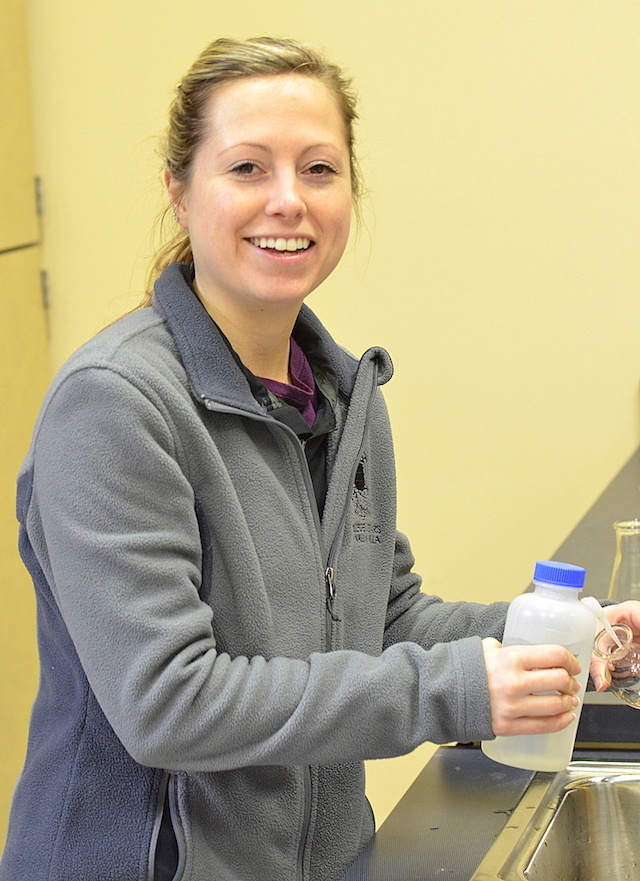
The down time does have its advantages.
As student Rocky Gipson, who is getting a break from the heavy job of stacking full cases on pallets, puts it, “Stacking is a nice workout. But we’re not too busy at the moment so we have a little time to chat and network.”
Not everyone is as sanguine about it. Student Deb Foley sighs as she says, “It seems like you have to have a mechanic on hand at all times when you’re bottling with screw caps.”
Meanwhile, students in the lab are facing their own challenges. Kristina Rivero scored so well on the end-of-quarter laboratory exam that she has been placed in charge of the lab for the bottling.
“Running the lab is pretty fun,” Rivero says. “We’re getting in samples of the bottles and taking turns running tests on them. We start off by taking a sample from the tank at the beginning, and then we sample again halfway through the run, and again at the end of the run and make sure that all the parameters are steady throughout the process. And so far everything’s looking mostly good.”
Mostly good, but they’re having some problems with the calibration of the dissolved oxygen meter. Monitoring dissolved oxygen is crucial to determining whether any air is getting into the wine as it’s being bottled. For the sake of the longevity of the wines and their stability in the bottle, you really don’t want any oxygen in there. Finally, they conclude that the problem is with the meter, not with the wine itself, and everyone relaxes.
For some students, the lab work is old hat. Vince Hewett, whose family owns young Rivaura Vineyard near Lewiston, Idaho, said, “We’re running free SO2 tests and checking the pH of the wines. I learned how to do these tests from Fiona Mak when I was doing my internship at Artifex. She’s a great mentor and really taught me a lot, and now I’m able to apply that knowledge here in my last year of school.”
Mark Azman adds, “We’re also checking the volume of wine in the bottles. We really don’t want to overfill them by even a couple of extra milliliters, because over a whole bottling run that can add up to several extra cases of wine that we could have bottled and sold.”
Day of closure for Walla Walla wine students
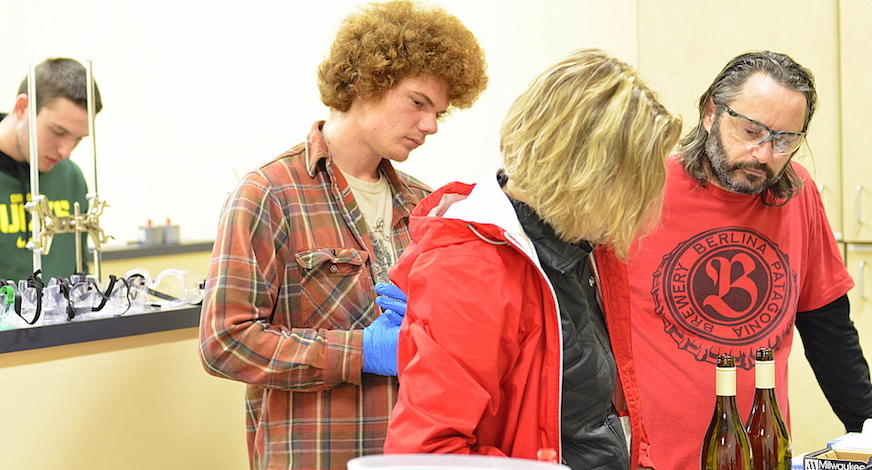
Inside the truck, Jake Wimer from Signature Bottling remains unflappable.
“The students have been doing great,” he says. “They haven’t been slowing us down at all. We’re just a bit slow because we’re changing wines so constantly. We’re only running about 55 bottles a minute here today, compared to a winery where we’re just bottling one wine all day long. Then we can run 60-62 bottles a minute. On this truck, if we’re really pushing it and don’t stop for breaks or lunch, we can bottle 2,000 cases in a day.”
At the end of the day, the students are exhilarated. As Brad Miller puts it, “It’s a lot of fun because you finally get to see the finished product. It’s the last part of the winemaking process.”
Sam Meyer, the youngest member of the soon-to-graduate class, sums it up cheerfully.
“It’s been a really fun day,” he said. “It’s pretty much what I’ve been waiting for my whole life in learning to be a winemaker.”
And getting the last word in, Donahue says, “It went really well. I can already feel my blood pressure dropping.”

Love these wines. I’m looking forward to the release of their latest vintage of Viognier, in the first image. Last year’s was great!